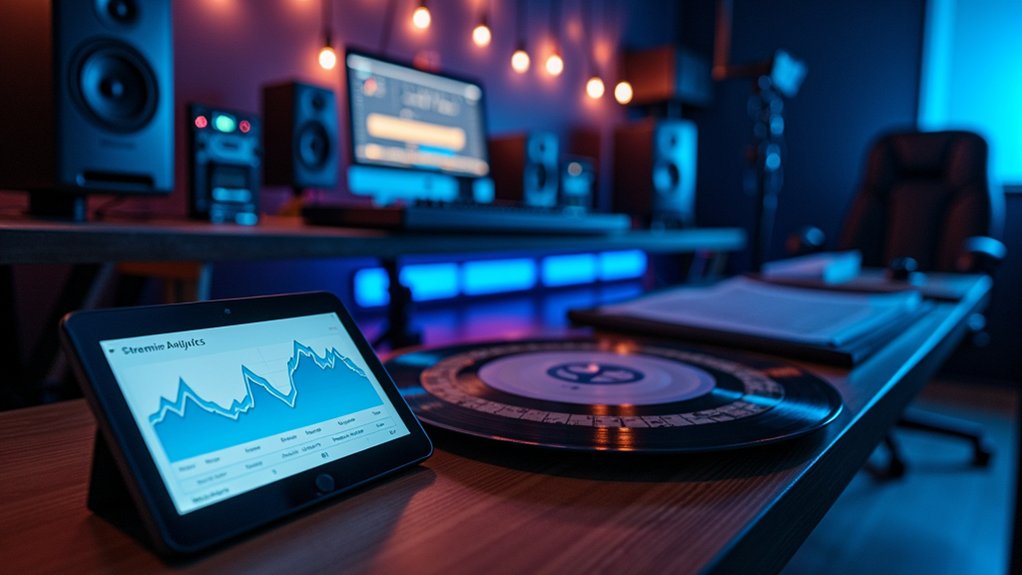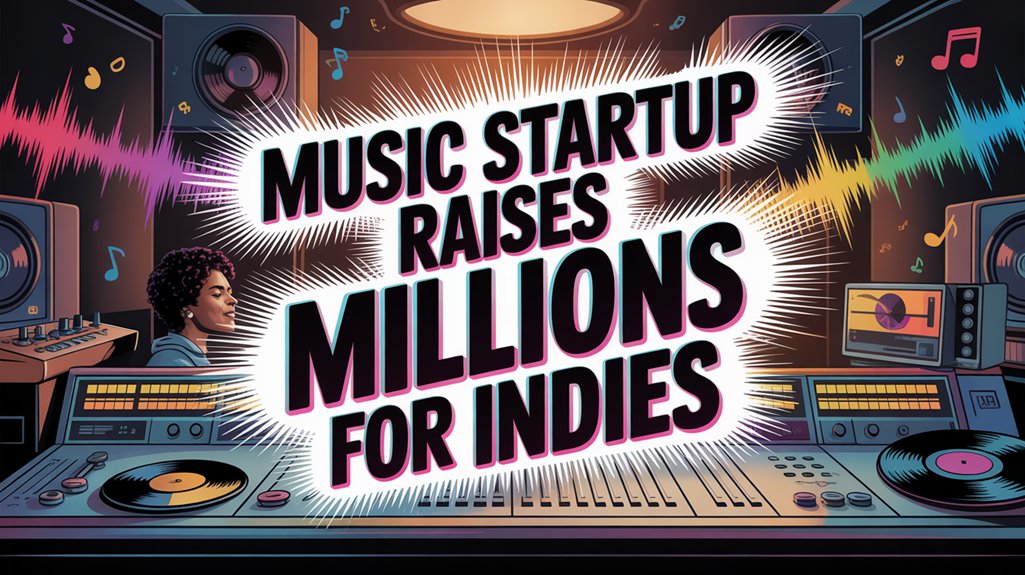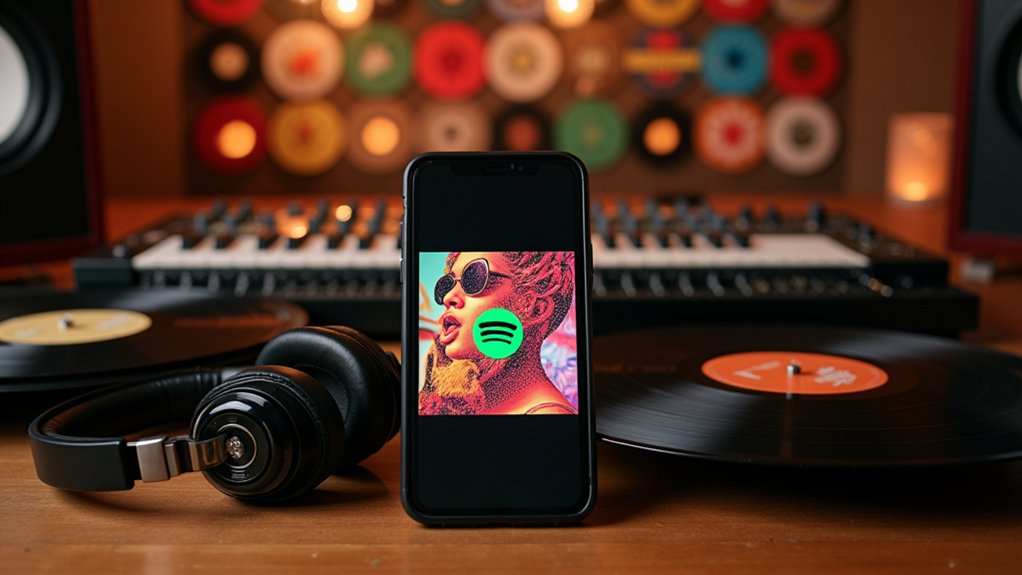A significant shift in the music industry landscape is unfolding as independent artists continue to gain unprecedented market power, exemplified by the recent seven-figure investment in Rebellion Records by Too Lost. This development comes amid projections that the independent artists market will reach USD 219.93 billion by 2030, growing from USD 160.6 billion in 2025 at a 6.49% CAGR, signaling robust confidence in the sector’s future. Independent music’s market share growth to 40% demonstrates this sector’s increasing dominance in the industry.
The investment reflects broader trends in streaming dominance, where indie music accounted for 26% of Spotify streams in 2023, a substantial increase from just 13% in 2017. Digital platforms have democratized distribution, with services like DistroKid, AWAL, and CD Baby enabling independent artists to reach global audiences without major label backing. The low market concentration enables artists to select from various distributors offering either subscription or revenue-based fee structures to best suit their needs.
Independent music’s meteoric rise on streaming platforms reflects a fundamental shift in how artists connect with global audiences today.
These technological advances have reshaped traditional power structures while providing essential data analytics that help artists understand their audiences better. Artists can now leverage playlist pitching strategies across multiple streaming platforms to increase visibility and fan engagement. Many indies are now exploring sync licensing opportunities to generate substantial income by placing their music in films, commercials, and video games.
Despite these opportunities, independent artists face significant hurdles in the current ecosystem. The economics remain challenging, with artists needing approximately 567,000 monthly streams just to earn minimum wage.
Additionally, marketing in a saturated digital landscape requires substantial resources, often straining indie budgets while established companies like Believe and UnitedMasters continue expanding their market share.
The seven-figure investment represents more than just capital infusion—it signals growing institutional belief in alternative music business models. Independent venues and festivals contributed $86.2 billion to the US GDP in 2024, demonstrating the sector’s economic significance beyond streaming metrics.
Non-major labels distributed $3.8 billion in revenue in 2023, further validating their increasing importance in the industry ecosystem.
As streaming services reported $4.5 billion in indie artist earnings last year, the financial dynamics continue evolving.
This investment may help address the paradox where independent music shows tremendous growth while individual artists struggle to build sustainable careers. Whether this represents a true paradigm shift or merely reflects ongoing consolidation remains to be seen, but the industry’s attention is firmly fixed on independent music’s expanding influence.




